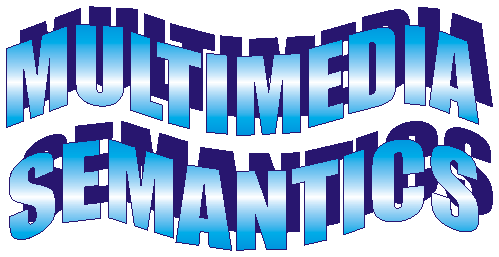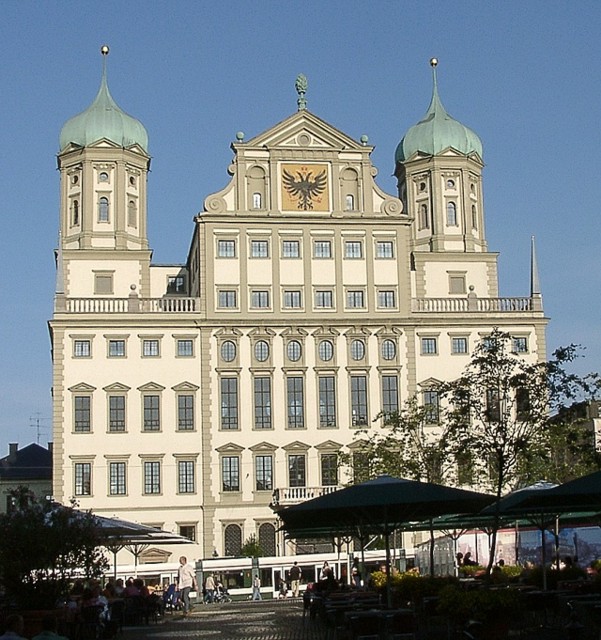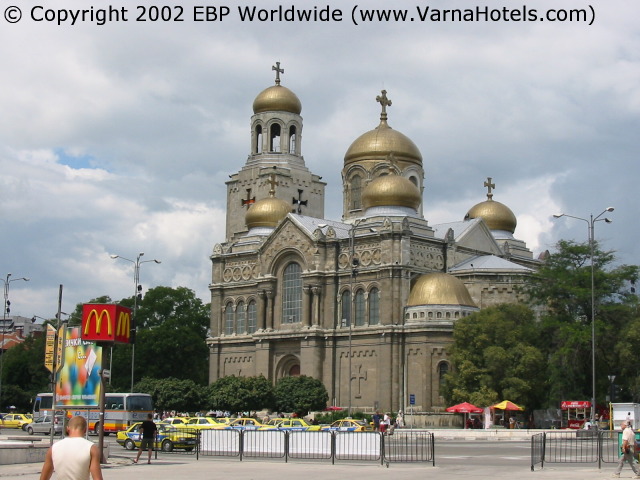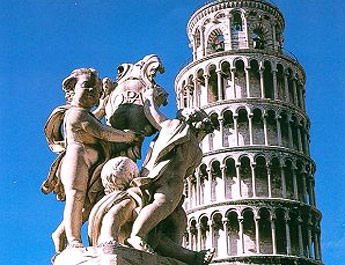

WMS 2007
Fifth Special Workshop on
Multimedia Semantics
September 28, 2007, University of Augsburg, Germany

Click here for more information.
Workshop History
| First WMS | June 23-26, 2003 | Varna, Bulgaria |  |
| Second WMS | June 24-26, 2004 | Sofia, Bulgaria |  |
| Third WMS | June 22-24, 2005 | Pisa, Italy |  |
| Fourth WMS | June 19-21, 2006 | Chania, Crete, Greece |  |
Description
Information is increasingly becoming ubiquitous and all-pervasive, with the World-Wide Web as its primary repository. The rapid growth of information on the Web creates new challenges for information retrieval. Recently, there has been a growing interest in the investigation and development of the next generation web the Semantic Web. The Semantic Web enables programs/agents to automatically understand what data is about, and therefore, bridge the, so-called, semantic gap between the ways in which users request web resources and the real needs of those users, ultimately improving the quality of web information retrieval.
Multimedia information has always been part of the Semantic Web paradigm, but, in general, has been discussed very simplistically by the Semantic Web community. We believe that, rather than trying to discover a media objects hidden meaning, one should formulate ways of managing media objects so as to help people make more intelligent use of them. The relationship between users and media objects should be studied. Media objects should be interpreted relative to the particular goal or point-of-view of a particular user at a particular time.
Content-based descriptors are necessary to this process. Recently, a major European wireless service provider managed to have all its digital media content providers supply metadata in RDF, and saw their revenues increase by 20% in three months. Major search engines are in the process of rolling out A/V search capabilities. At the same time, such descriptions are definitely not sufficient. Context is also important, and should be managed. The area of emergent multimedia semantics has been initiated to study the measured interactions between users and media objects, with the ultimate goal of trying to satisfy the user community by providing them with the media objects they require, based on their individual previous media interactions.
The arrival of Web 2.0 has added new paradigms to the media mix. Such concepts as a folksonomy, a form of emergent semantics, introduces a collaborative, dynamic approach to the generation of ontologies and media object semantics. That such an approach results in a stable semantics, though surprising, has been recently demonstrated.
List of Topics
We welcome all papers relevant to topics in multimedia semantics, including those at the confluence of multimedia information management, the Semantic Web, and Web 2.0, such as
Multimedia ontologies
Media ontology learning
Multimedia extraction and annotation
Semantics-based search and integration of multimedia and digital content
Emergent semantics
Folksonomies
Genre detection
Semantics enabled multimedia applications (including search, browsing, retrieval, visualization)
Semantics enabled networks and middleware for multimedia applications
Semantic metadata for mobile applications
Approaches using metadata standards such as MPEG-7
Industrial use-cases and applications
Event representation and detection
Conceptual clustering
Computational semiotics
Intelligent browsing and visualization
Semi-automatic and automatic methods for multimedia annotation
Spectral methods |
Perception and cognition
Media Web mining
User interfaces
Modeling and recognition of visual objects and actions
Multisensory data integration and fusion for decision making
Important Dates
| June 15, 2007 | Submissions due |
| July 15, 2007 | Acceptance notification |
| July 30, 2007 | Camera-ready papers due |
Dr. Peter L. Stanchev
Associate Professor of Computer Science
Department of Science and Mathematics
TEL (810) 762-7927 FAX (810) 762-9796
pstanche@kettering.edu
www.kettering.edu/~pstanche
Kettering University
1700 W. Third Avenue,
Flint, Michigan, 48504-4898
Continuing the GMI heritage